
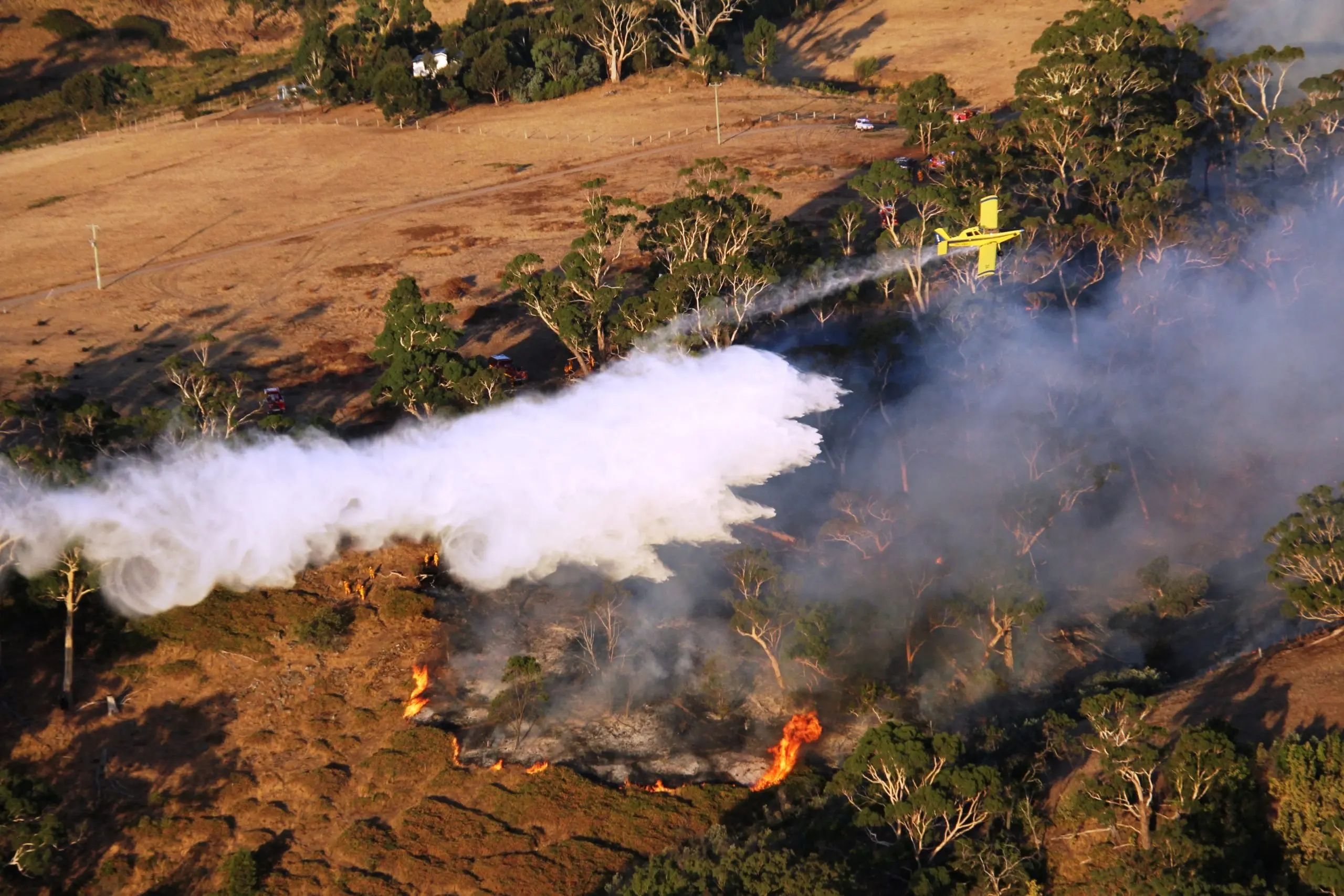
National Aerial Firefighting Centre
Here’s how SafetyCulture (formerly iAuditor) helps National Aerial Firefighting Centre keep on top of fast-moving emergency situations.
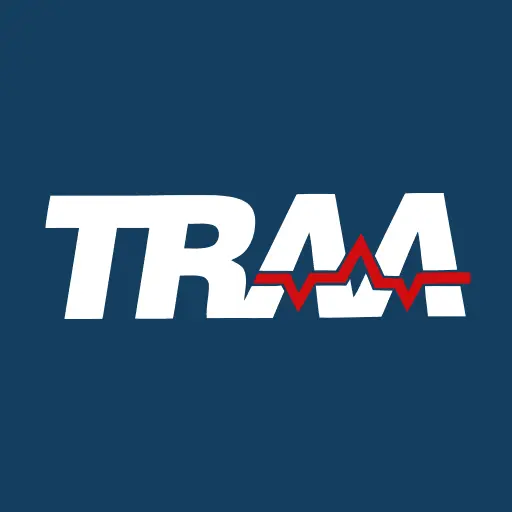
How a US ambulance service is using SafetyCulture so they can put their patients first.
50,000 emergency calls per year
100 employees
22 ambulances
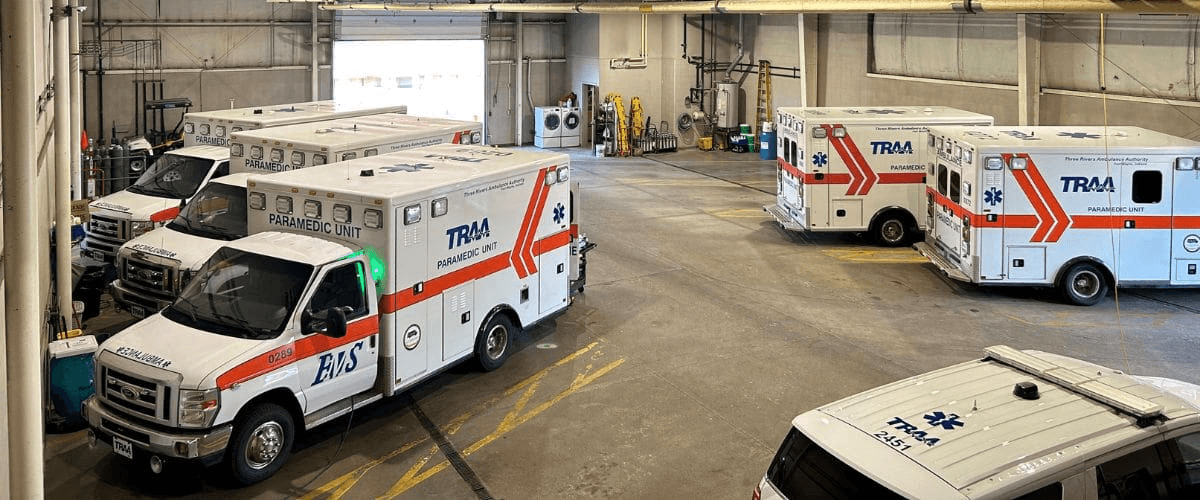
If you think you’re having a busy day, spare a thought for the tireless efforts of Three Rivers Ambulance Authority (TRAA). Operating out of Fort Wayne, Indiana, in the US, the TRAA crew receives 50,000 emergency calls a year, run 22 ambulances around the clock, with each ambulance responding to up to 10 emergency calls a shift.
This small team needs to perform at the highest level – without fail. A tough job, and one made harder by the level of detail and rigor that emergency services operations demand. As a result, Operations Supervisor Aaron Ross, is constantly trying to find ways to cut through the day-to-day noise and get his operators focused on the most important thing – their patients.
Here’s how TRAA has unlocked a better way of working by codifying best practices and automating tasks and processes.
Aaron is in charge of TRAA’s day-to-day operations. He desperately needed to build consistent operational practices across his teams. As ambulance officers, one part of their daily routine was to restock their vehicles with medical supplies. However, while he was doing the rounds, he noticed that each team did it slightly differently. When he asked about the process, the teams responded with: “I was just taught to do it this way.” Unfortunately, ‘this way’ turned out to be quite inconsistent and slowed down resupply.
“I needed a way to standardize processes across all the teams,” Aaron says. “I researched several options and then found SafetyCulture and the Inspections feature. To this day, it’s the simplest and most consistently used platform we use.”
The team uses Inspections to keep track of their medical supplies. If a process changes, Aaron is able to use the editable fields to update and customize the inspection templates. “I love how it’s open-ended,” he says. “I can make the form whatever I want – rather than remake the whole process. Our processes change regularly, so this is really useful.”
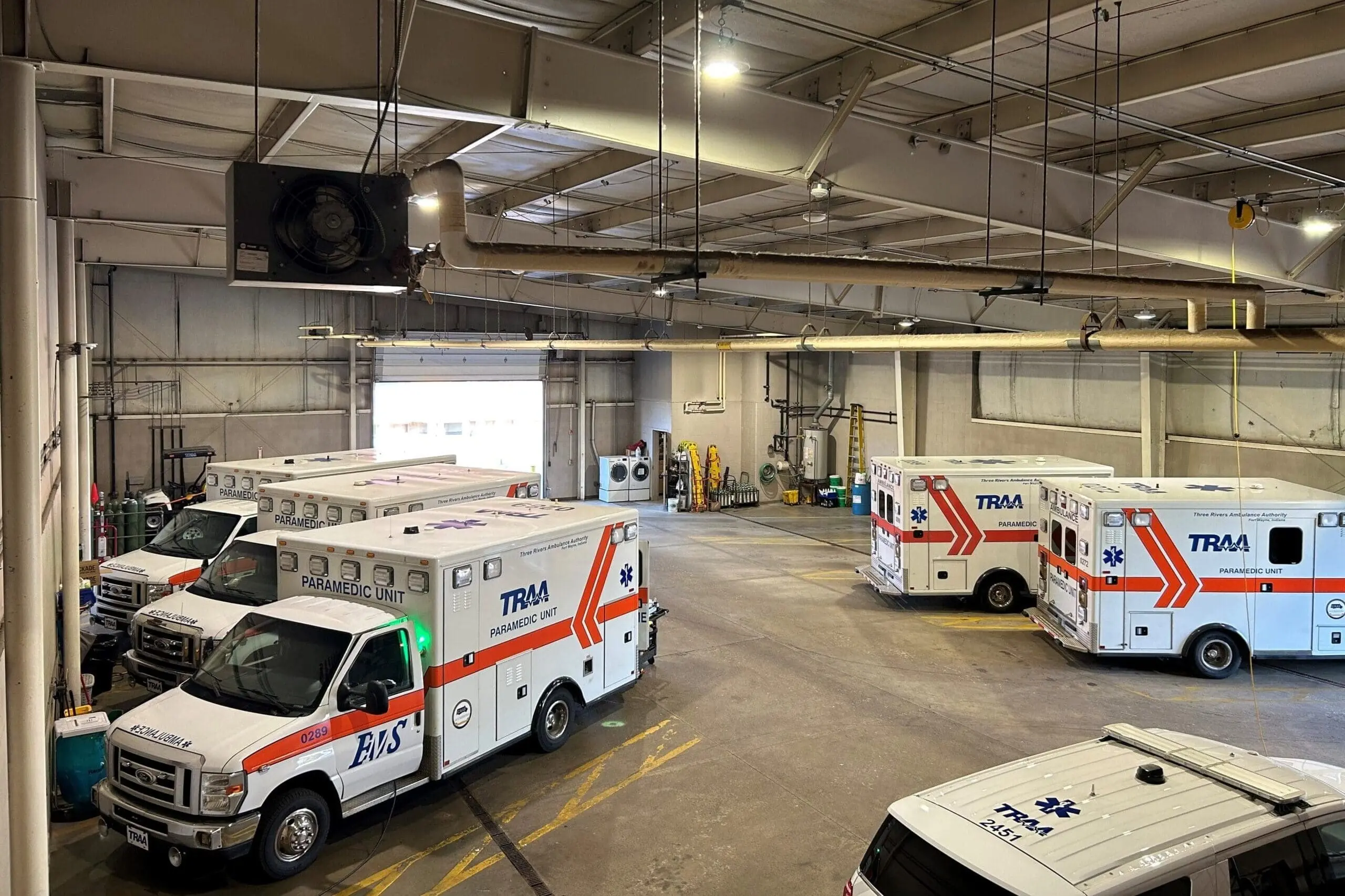
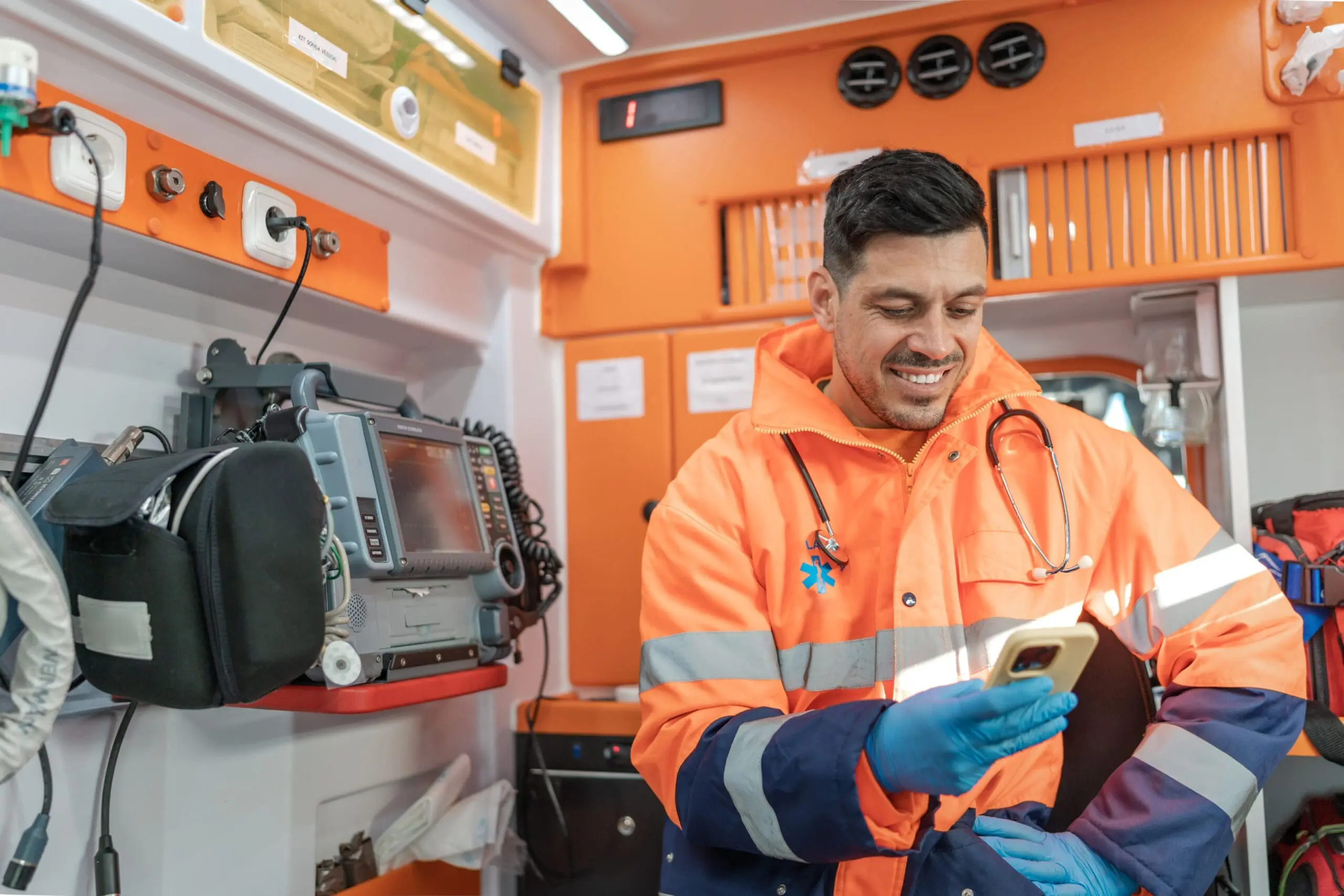


Another opportunity to streamline operations came with remote temperature monitoring for TRAA’s medical supplies stored across its ambulances, SUVs, and home base.
Temperature control is critical across the entire TRAA operation. The team needs to manage the narcotics and vaccine fridges, the general medical supplies room, as well as the temperature of supplies in the vehicle fleet. As part of the annual Commission on Accreditation of Ambulance Services (CAAS) accreditation process, TRAA has to abide by strict temperature monitoring and reporting requirements.
Before using the SafetyCulture platform, TRAA recorded manual temperature logs with old-school pen and paper. Sure, this satisfied TRAA’s compliance obligation, but it was time-consuming, provided no real operational benefits, and the regulators weren’t huge fans of it because it was deemed unreliable. Before SafetyCulture, Aaron found temperature monitoring solutions ranging from $99 all the way to $14,000. SafetyCulture’s remote temperature monitoring system was able to provide the right solution for his team.
“It’s kind of the ‘unicorn solution’ – it’s cheap, effective, and does exactly what we need it to. It’s just a huge victory for me and my job trying to find something that works and is cost-effective,” Aaron says. “It takes out the human element, and it’s not wasting time or supplies. I’m looking forward to our CAAS accreditation next year and the improvements that we’ve made.”
It’s kind of the ‘unicorn solution’ – it’s cheap, effective, and does exactly what we need it to. It’s just a huge victory for me and my job trying to find something that works and is cost-effective.
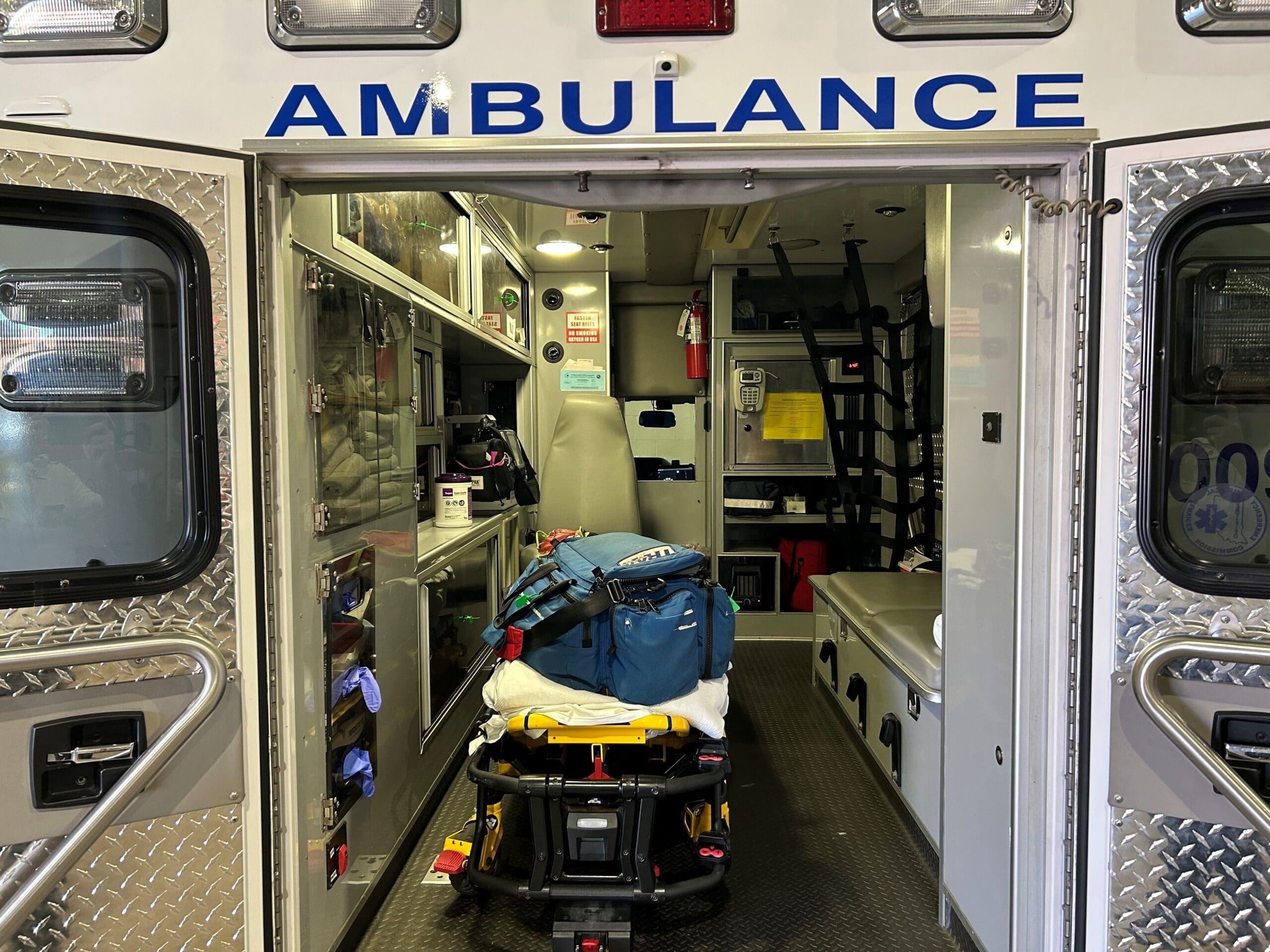
Our Sensors were able to significantly prevent stock loss for TRAA. Stock loss can significantly impact a business, and this is particularly true in the healthcare industry when you’re dealing with expensive medical supplies. TRAA has thousands of dollars of supplies in its vehicles, fridges, and supply rooms at home base.
“Monitoring temperature is especially important in the emergency services industry – to ensure our supplies are stored in line with manufacturers’ and regulators’ specifications,” Aaron says. “This is made harder when our vehicles are out in the field 365 days a year. So in winter, for example, it’s very possible that the temperature in our ambulances will go below freezing, so our liquid supplies could get damaged if we don’t address that quickly.”
What’s more is the set-up was surprisingly simple. He didn’t need to call in technicians, thumb through a thick instruction manual, or be on the phone to IT about integrating it with TRAA’s system. His SafetyCulture Sensors were up and running within minutes. They seamlessly integrated into his existing processes, so he could keep tabs on what was happening in his operations, as they happened. Really all he needed to do was unbox the devices, turn them on, and put them in place.
“It was just plug and play in the most basic sense,” Aaron says.” The gateway and sensors were pre-configured into the SafetyCulture account – all I had to do was plug the gateway into power, enter the unique IDs of the gateway and sensors, and it was working immediately. It literally couldn’t have been any simpler and the solution is perfect for us.”
Before using SafetyCulture Sensors, manual temperature checks happened only [twice] a day within working hours. Any fridge failures outside of those two checks remained unaccounted for – which meant another contributor to stock loss. Since using Sensors, all team members now have 24/7-hour remote visibility and alert notifications. The outcome? The business has saved time and expenses, and are now in a position to proactively – not reactively – address issues.
My favorite feature is the mobile alerting and notifications. I’m one of those guys that’s always working, and needs to know what is going on from afar. Being able to see those alerts via text message, in-app notification or email immediately on my phone – it’s extremely useful.
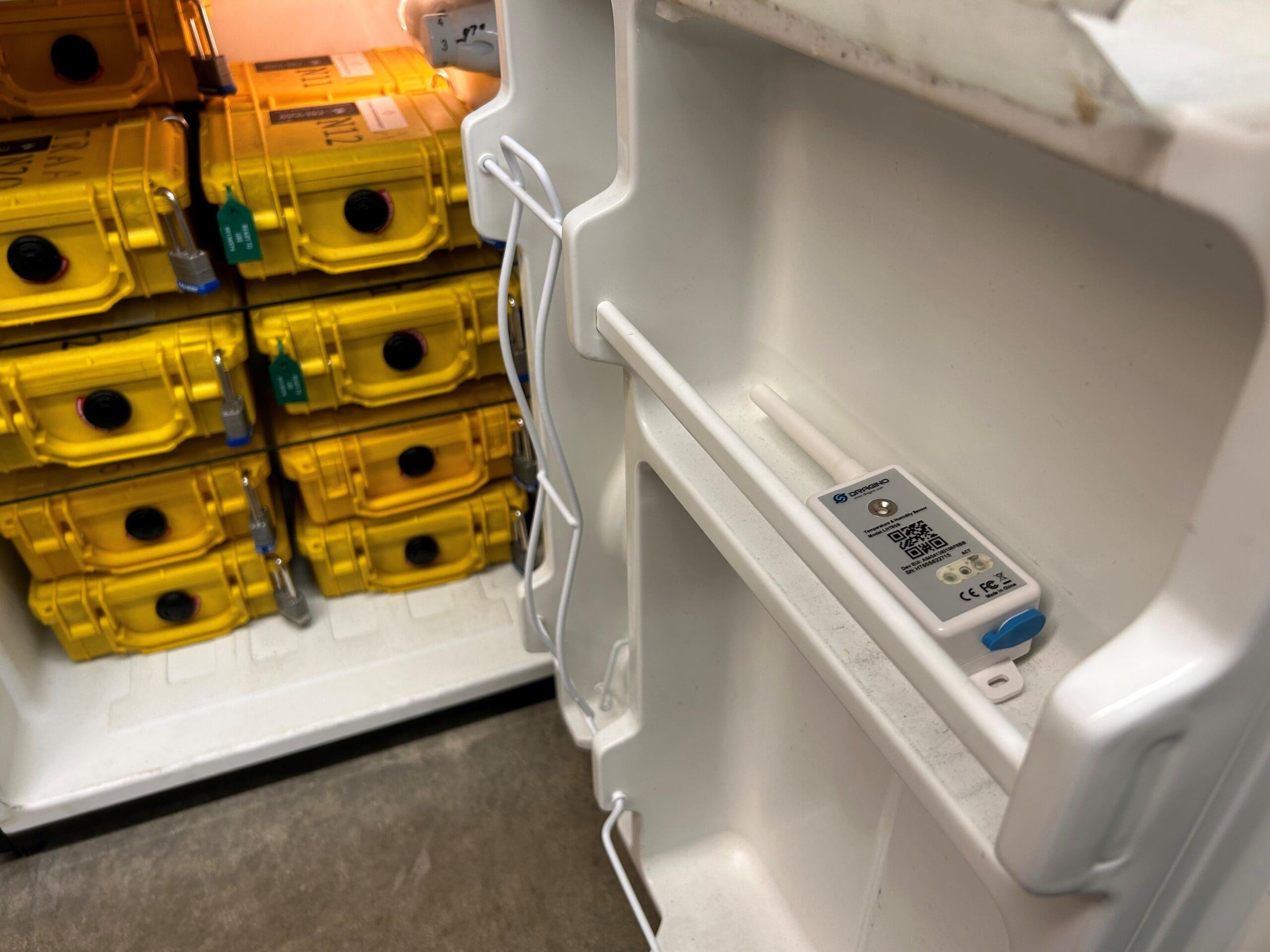
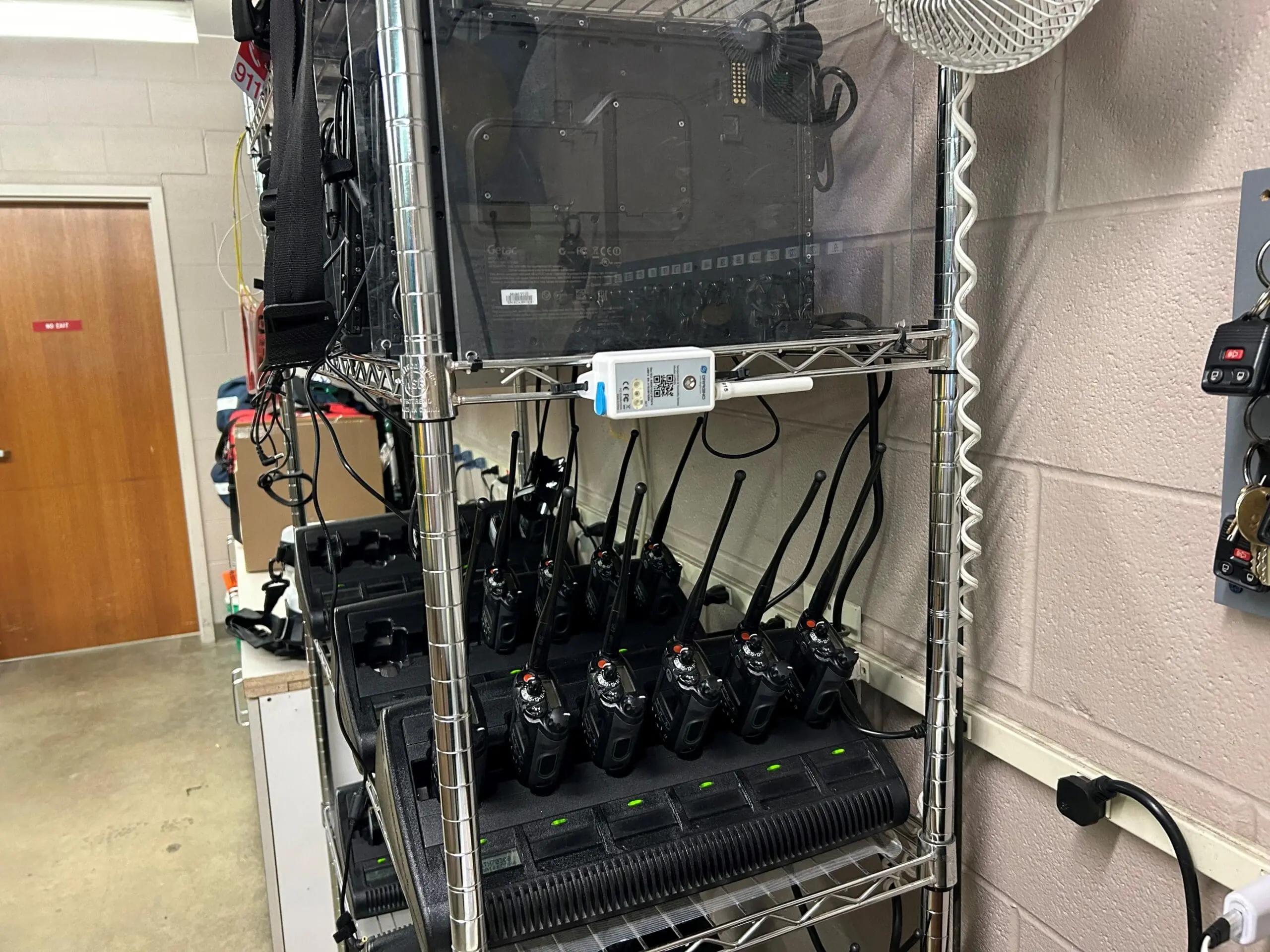


As the temperature data started streaming in from the new sensors, Aaron discovered other insights that he was able to act on. The narcotics fridge was running colder than it should have been, which allowed him to increase the temperature and reduce energy consumption. Another recent issue was identified at the peak of summer – when Aaron noticed that the SUVs were starting to heat up to over 90°F (32°C). With this information, Aaron was able to tweak his processes to keep temperatures lower and ensure supplies were not destroyed.
The benefit for TRAA’s Emergency Medical Technician and Advanced Life Support teams? It’s one less operational process to worry about on an already busy schedule. “It’s hugely beneficial to my team. The more things I can take off their plate, the better they can be at doing their jobs well – looking after our patients,” Aaron says.
Software, like SafetyCulture, can definitely improve the way you go about your job, but at the end of the day, the beating heart of any business is the team. TRAA is no different – day in, day out, Aaron’s team of four full-time and three part-time vehicle supply technicians and two full-time mechanics use the SafetyCulture platform to check the supplies, equipment, and procedures across all the ambulances. They do an extraordinary job of keeping each vehicle maintained, so they can be the first responders out in the field 24/7. “I’m very proud of my team and all they accomplish every day,” Aaron says.
To sum it all up: “It’s easy. Yeah, it’s easy. And it works,” Aaron says. “You have made my life, my team’s lives, and the million things we need to manage, so easy.”
So what’s next for TRAA? “I’m just constantly finding new ways to automate our operations through the platform, so I can understand what’s going on when I’m not there, and can plan and be ready for tomorrow.”


Here’s how SafetyCulture (formerly iAuditor) helps National Aerial Firefighting Centre keep on top of fast-moving emergency situations.

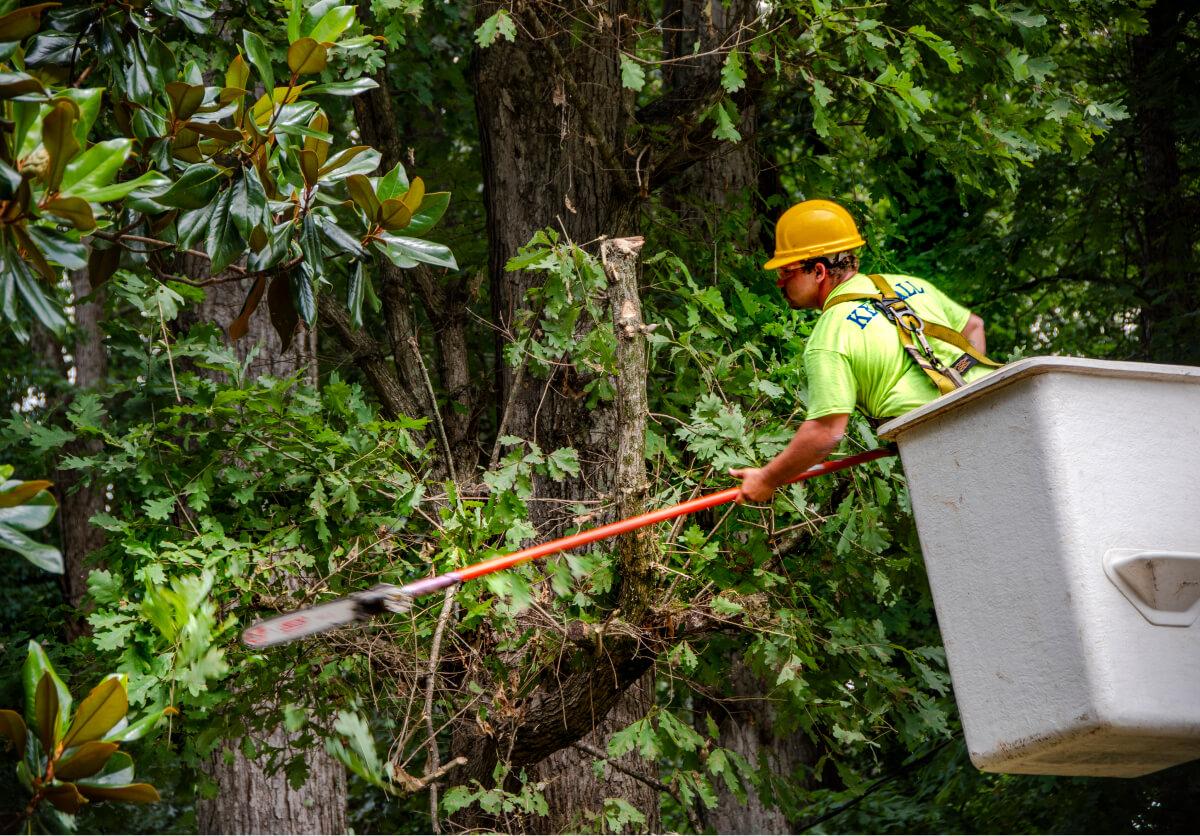
Kendall Vegetation Services sparks two-way communication with the latest feature by SafetyCulture (formerly iAuditor) — Heads Up.
Explore more stories, expert guides, and thought leadership from SafetyCulture